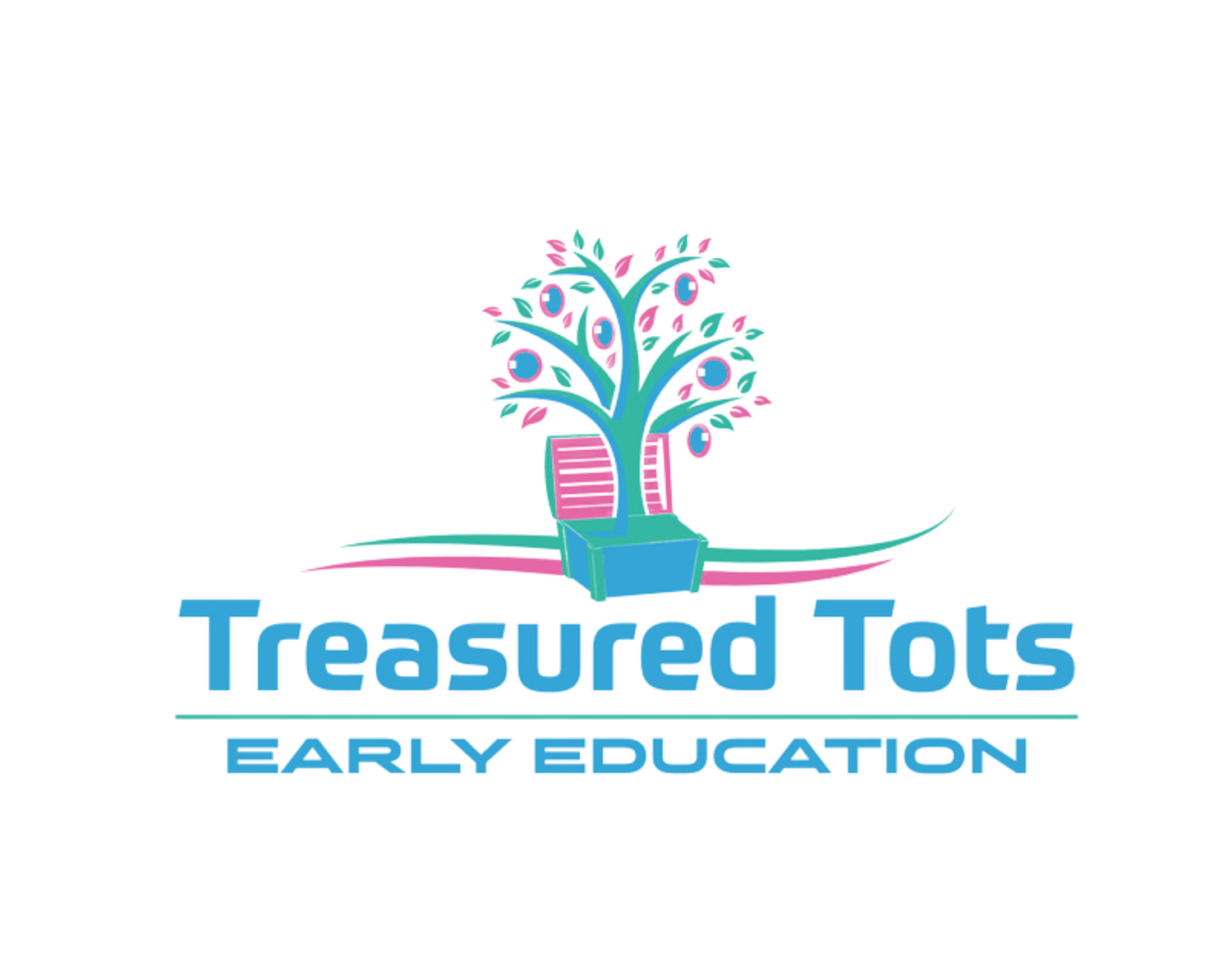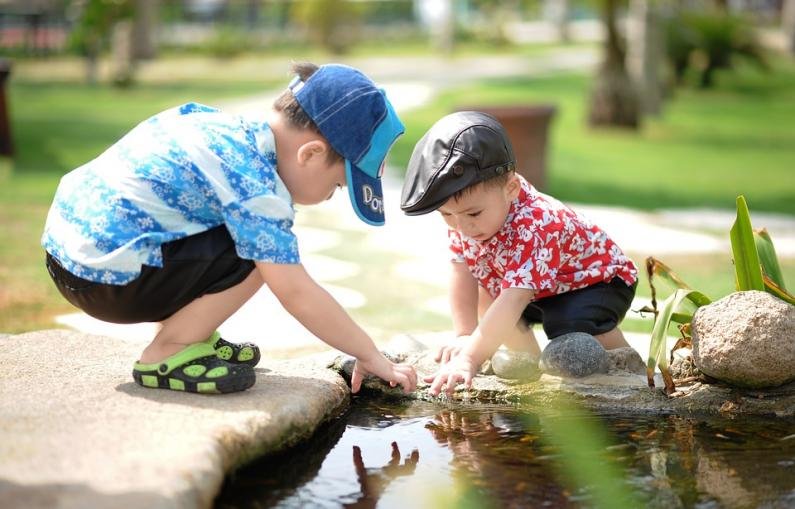All You Need To Know About Teaching Your Young Child About Safety
The words ‘risk’ and ‘safety’ may sound like a contradiction in terms to parents who have young children, but it’s actually quite the opposite.
Teaching young children about risk, how to manage it and empowering them to take ‘good’ risks is hugely beneficial for a multitude of reasons, including keeping them safer. It helps them avoid potential dangers, teaches them about self-protection and the need for safety precautions, plus it also teaches them invaluable life skills.
By enabling children to have ‘safe risk’ experiences, they learn about problem-solving, they become more self-confident and they learn about their physical capabilities. Measured risk also teaches young children that actions have consequences, and this strengthens their ability to think before acting.
What you can do to teach your child about safety
It’s only natural to want to protect your precious little one from the perils of the world, but it’s not helpful to be what has become known as a ‘helicopter parent’. This is when parents are:
overly protective
constantly restricting and controlling what the child can and can’t do
micro-managing every aspect of the child’s life
often doing things on the child’s behalf
This intense focus and ‘hovering’ over the child’s every move can negatively impact the child’s social and emotional wellbeing and can lead to feelings of inadequacy, low self-confidence and anxiety. On the other hand, children who learn to figure out things for themselves, who learn from their mistakes and who explore their world under the watchful, supportive and loving guidance of adults are more likely to thrive.
This is where ‘managed risk’ comes in.
Taking risks and learning about safety
Every child is born with an innate curiosity about the world and although some are adventurous and impulsive explorers and others are a little more cautious, they all need to learn about safety and risk-taking.
Taking risks helps them learn about boundaries. It helps them understand what their little bodies are capable of and what their limitations are. It’s empowering and it helps young children learn about themselves. Risk-taking also builds their self- confidence and teaches them about resilience. It also teaches them when to seek help. But the crucial detail is that the risk must be managed (don’t let kids learn by chance) and it must be safe – and that requires adult supervision and lots of positive reinforcement and loving support.
Use these methods to help your child learn about safety
From around the age of two years old, a child will start to follow guidelines and rules about safety, but the earlier that you have conversations around the subject, the better. Repeat the ‘lessons’ over and over again, be consistent with your messages and always use words and examples that are age-appropriate and easy to understand.
Here are some ways that parents can teach young children about safety:
Involve them in practical situations where they’re exposed to potential danger. A fun activity is cooking where they learn about the hazards of hot stoves or ovens, boiling liquids, sharp utensils, glass or china crockery etc.
Let them make their own mistakes – under your watchful eye, obviously!
Model responsible risk-taking and safety behaviour so that children learn from your example
Talk to your child constantly about how to identify and weigh up risks and their consequences, eg the dangers of running on wet floors
Teach your child how to play safely and use playground equipment properly
Point out examples of where another child demonstrated intelligent risk-taking
Other things that parents can do around the home to make the environment safer and to minimise risks include:
Installing child-proof gates across stairs, external gates and other potentially dangerous areas
Having child-proof covers over all powerpoints
Securing bookshelves and other heavy furniture items to the wall
Keeping hazardous items (eg batteries, medicines, cleaning liquids, pool chemicals) out of reach and in a childproof cabinet or container
A last word on teaching your child about safety
Every parent worries about keeping their little one safe from harm and the desire to protect your offspring doesn’t end when the child becomes an adult either! However, there are lots of things you can do to minimise their exposure to danger and to help them learn to help themselves. Teaching them how to protect themselves and that they’re ultimately responsible for their own safety is the very best foundation for their healthy development and future success.
Here at Treasured Tots, we believe that every child has a right to a safe, loving and nurturing environment. Whether at home or at school, it’s vital that potential dangers are minimised but that children are given consistent guidelines and boundaries to explore concepts like managed risk. Encouraging and empowering children to learn and think for themselves will ultimately keep them safer and will give them a strong headstart to become resilient, engaged and successful contributors to society.
Teaching your little one about safety is an essential aspect of daily life at our seven childcare centres in Mandurah, Bibra Lake, Fremantle, Piara Waters, Hamersley, Bennett Springs and Bicton. Our centres provide high-quality childcare and kindergarten programmes for children between the ages of 0 and 5 and if you’re looking for quality early learning options in Perth, we encourage you to get in touch with Treasured Tots and book a tour to experience our ‘homes away from home’.

